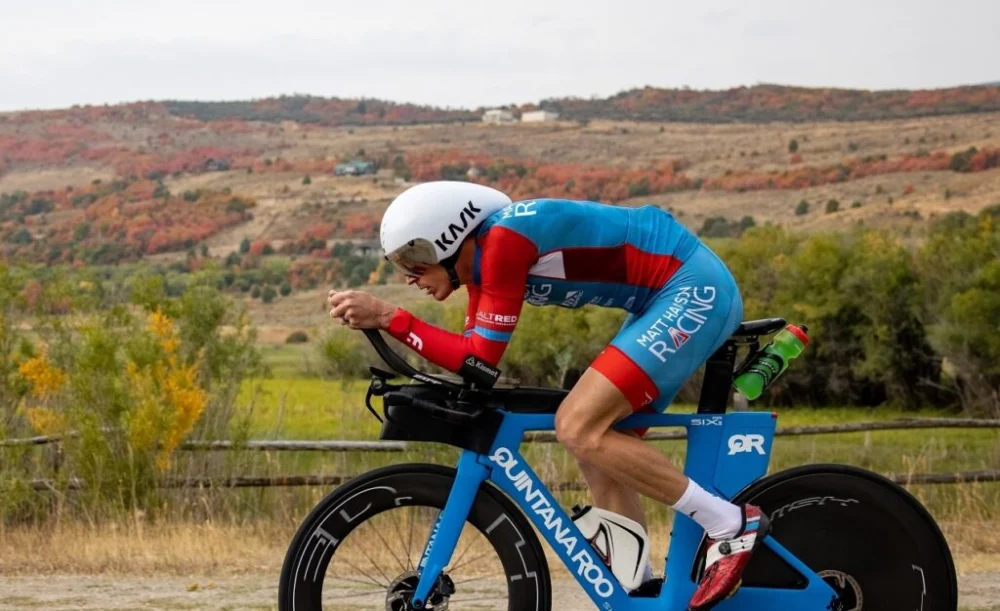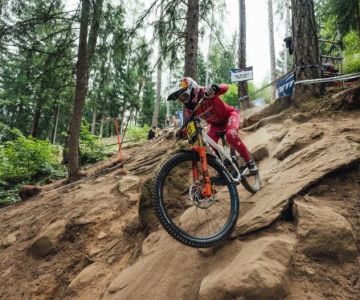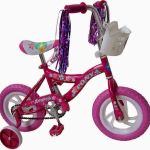
- why-aero-helmets-matter-in-time-trials-and-racing
- key-features-to-look-for-in-an-aero-helmet
- best-aero-helmets-for-different-types-of-racers
- real-world-performance-and-rider-feedback
- how-to-choose-the-right-aero-helmet-for-you
1. Why Aero Helmets Matter in Time Trials and Racing
When it comes to slicing through the wind, few upgrades rival the aerodynamic helmet. Designed to minimize drag, aero helmets help riders maintain higher speeds with less effort—particularly valuable during time trials, triathlons, and road races. The shape of an aero helmet channels airflow more efficiently over your head and back, helping you conserve watts when every second counts.
Professional riders rely heavily on aero helmets during key stages, especially individual time trials. In fact, several Tour de France victories have credited marginal gains—like helmet choice—as critical to overall performance.
2. Key Features to Look for in an Aero Helmet
2.1. Aerodynamic Shape
The hallmark of any good aero helmet is its teardrop or tapered design. This shape reduces turbulence and creates smoother airflow from the front of the helmet to the rear.
2.2. Ventilation vs. Speed
Some helmets offer better ventilation but may sacrifice a small degree of aerodynamic performance. Others go fully closed for maximum wind resistance reduction. The best helmets strike a balance, especially for longer events where overheating is a concern.
2.3. Visors and Integration
Many top-tier aero helmets come with integrated visors, further improving wind flow and visibility. Look for magnetic or clip-on visors that are easy to remove and replace depending on light conditions.
3. Best Aero Helmets for Different Types of Racers
3.1. For Time Trial Specialists
The Giro Aerohead MIPS remains a favorite for elite-level time trialists. With its ultra-smooth shell, integrated visor, and MIPS protection, it checks every box for serious competitors. Riders have reported saving up to 30 seconds in a 40km race compared to traditional road helmets.
3.2. For Triathletes
Triathlon-specific models like the Rudy Project Wing offer enhanced airflow for hot races, easy-on/easy-off features for quick transitions, and deeper coverage for longer events.
3.3. For All-Round Racers
Helmets like the Kask Utopia or Specialized Evade strike a superb balance between aerodynamics and ventilation. Ideal for mixed terrain races or stage racing where every ounce of comfort and efficiency matters.
4. Real-World Performance and Rider Feedback
In 2023, a popular cycling YouTuber did a series of time trials wearing various helmets. He found the difference between an aero helmet and a traditional road lid could be as much as 1.5 minutes over 40km at 25mph average speed. While not massive, those gains often separate podium finishes from the rest of the field.
Riders also report an enhanced sense of focus when wearing aero helmets—the enclosed design dampens wind noise and gives a psychological edge, especially when racing solo.
5. How to Choose the Right Aero Helmet for You
5.1. Fit and Comfort
An aero helmet only works if you're willing to wear it. Fit should be snug but not tight, with plenty of adjustability and padding. Try on different models before committing—what works for one head shape may not suit another.
5.2. Weather Conditions
If you're racing in high heat, consider models with improved ventilation even if they’re slightly less aero. The time you lose from overheating can outweigh the aerodynamic benefits.
5.3. Your Racing Goals
Casual weekend racers may not notice significant gains from an aero lid. But if you’re targeting personal records, triathlons, or crit races, the investment can be worthwhile.
To explore the most up-to-date models and find the right fit for your performance needs, check out expert recommendations at Cycling Guider—your go-to platform for trusted cycling gear advice.







 Billet BMX5.0 (2 reviews)
Billet BMX5.0 (2 reviews) Far East Children Bicycle Factory1.0 (1 reviews)
Far East Children Bicycle Factory1.0 (1 reviews) Archer Motorsports, Inc.4.0 (8 reviews)
Archer Motorsports, Inc.4.0 (8 reviews) YEP Bike Works4.0 (55 reviews)
YEP Bike Works4.0 (55 reviews) Gorham Bike & Ski4.0 (498 reviews)
Gorham Bike & Ski4.0 (498 reviews) Alchemy Bikes4.0 (37 reviews)
Alchemy Bikes4.0 (37 reviews) How to Teach Kids to Ride a Bike: A Step-by-Step Guide for Parents
How to Teach Kids to Ride a Bike: A Step-by-Step Guide for Parents Tips for Riding on Busy City Streets: Smart Strategies for Urban Cyclists
Tips for Riding on Busy City Streets: Smart Strategies for Urban Cyclists Best US National Parks for Mountain Biking: Ride Epic Trails Across America
Best US National Parks for Mountain Biking: Ride Epic Trails Across America Best Aero Helmets for Time Trials and Racing
Best Aero Helmets for Time Trials and Racing How to Clean and Lubricate Your Bike Chain Like a Pro
How to Clean and Lubricate Your Bike Chain Like a Pro 10 Must-Have Items for Long-Distance Cycling Trips
10 Must-Have Items for Long-Distance Cycling Trips